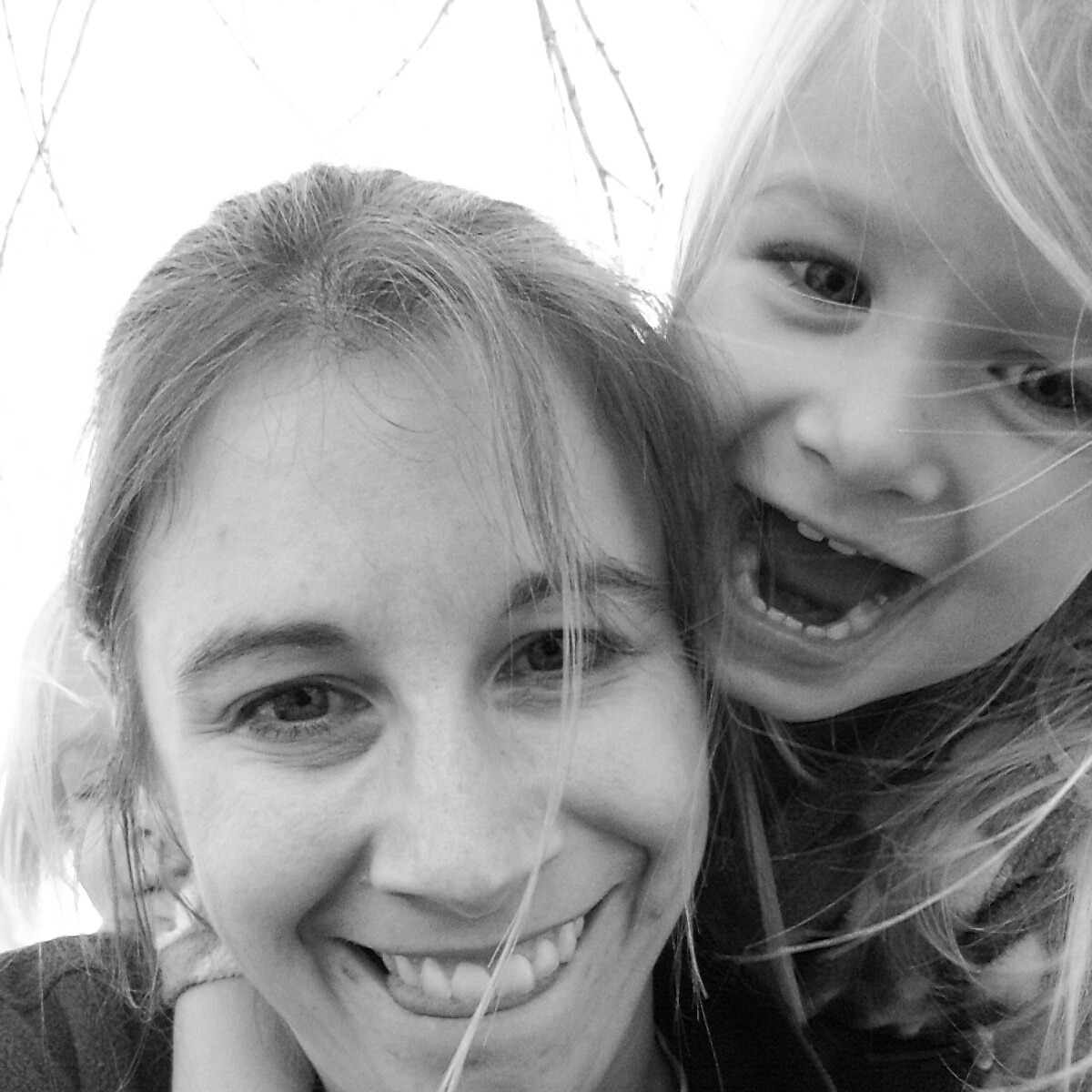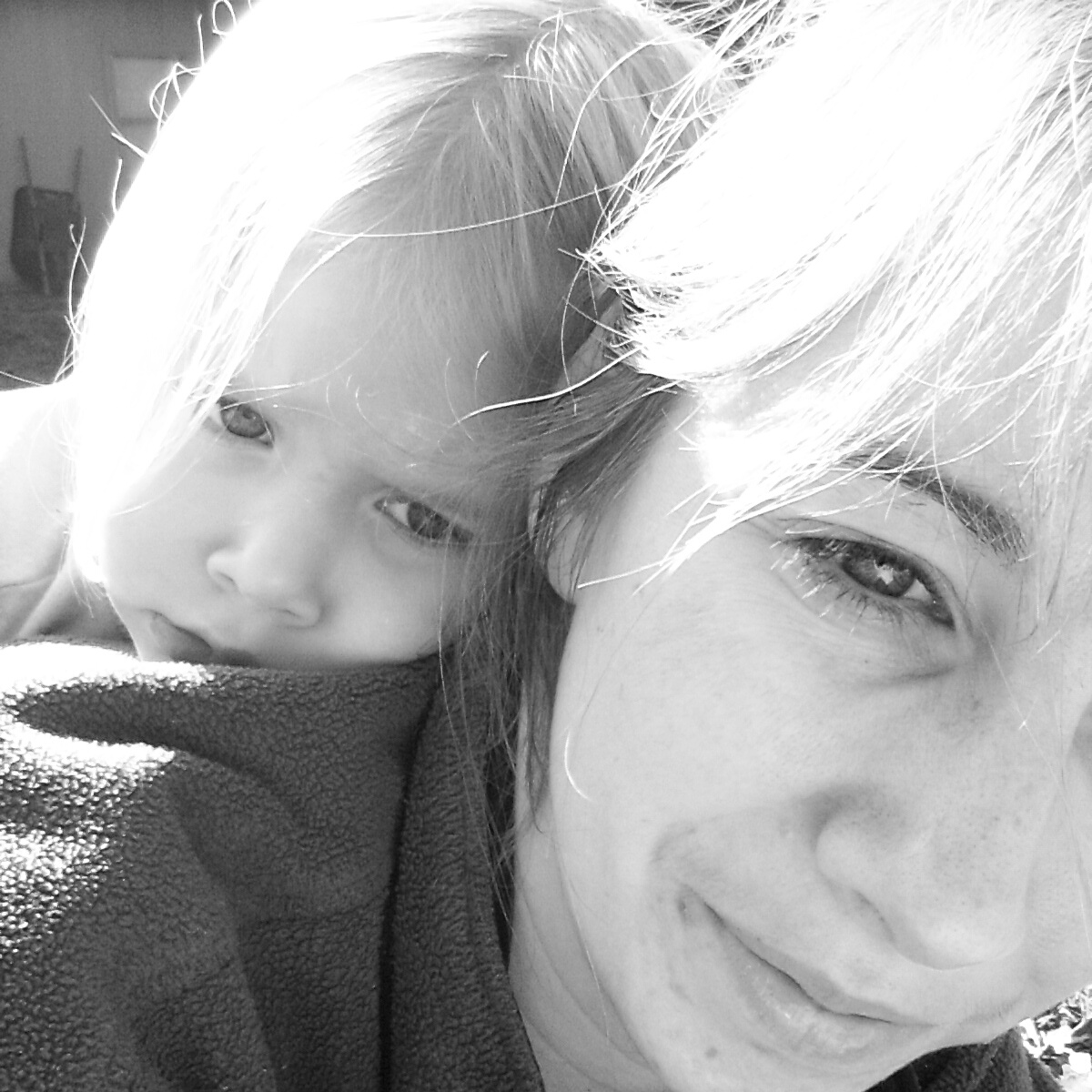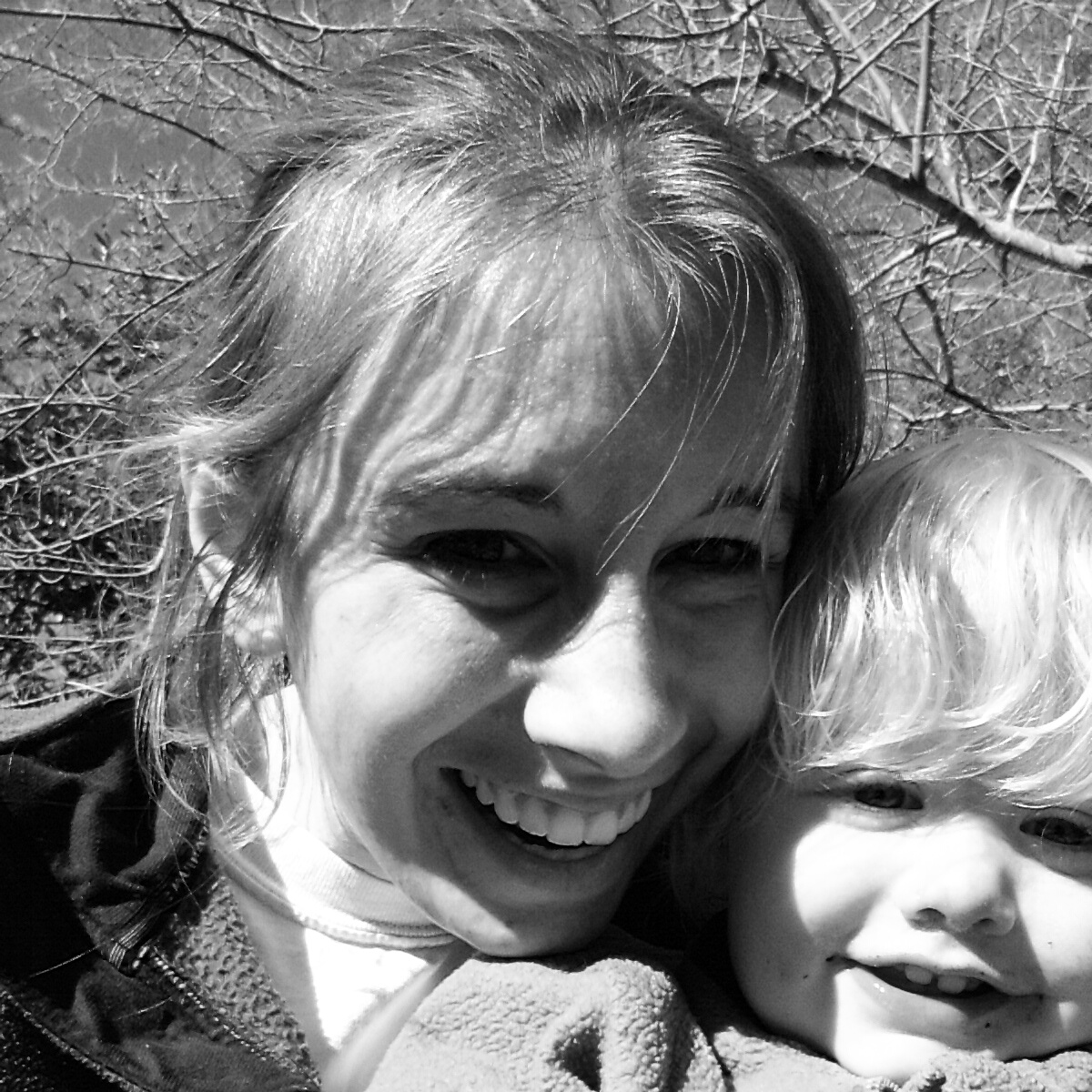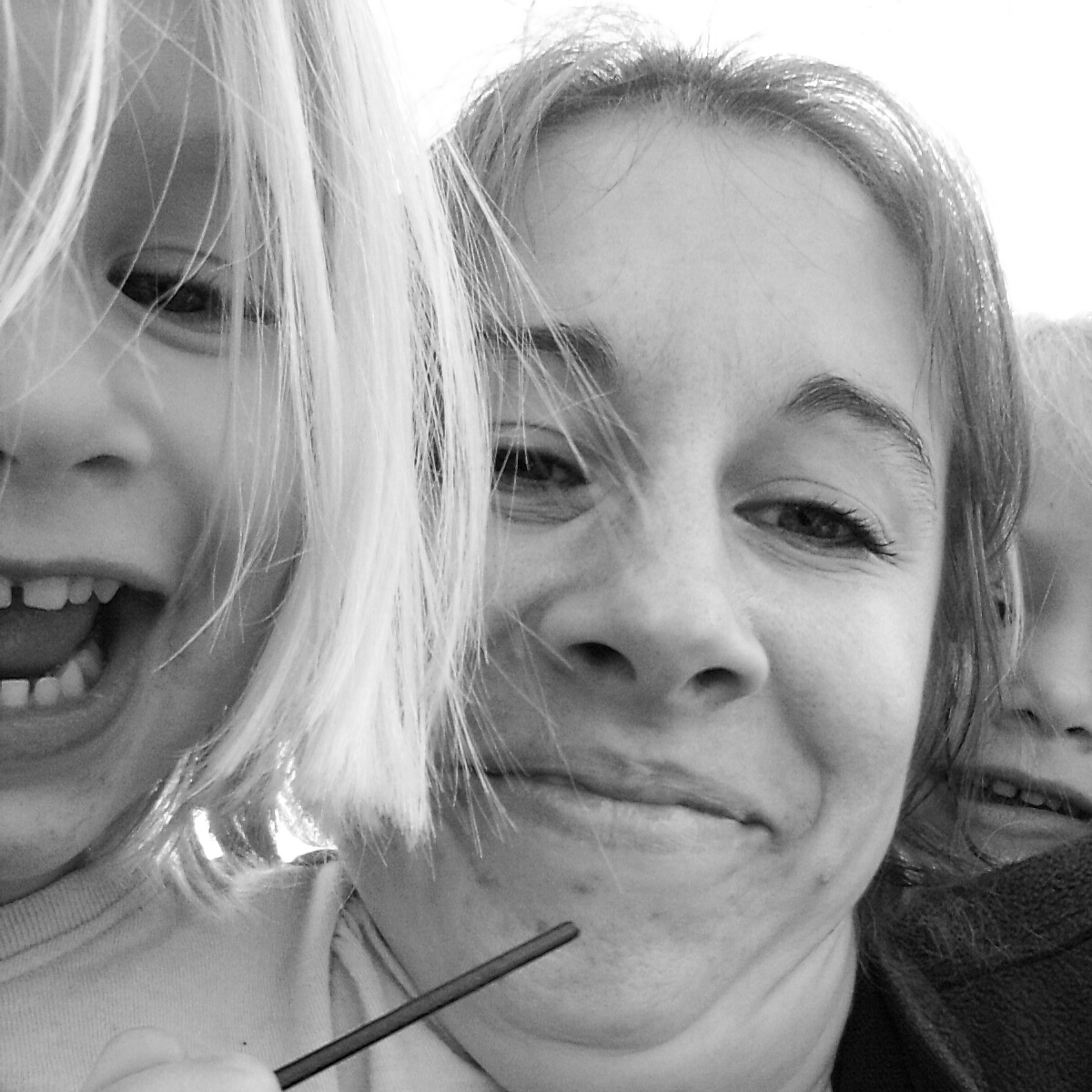22
2013Now that we know how a camera works in an oversimplified way, lets learn about the different camera types. If you’re a photographer/crazy gear nut, please overlook my gross oversimplification. I’m trying not to scare the newbies off! (Graphics are credited to this site)
Not including our pinhole camera :-p, there are three basic camera types: point and shoot, SLR, and SLT/mirrorless. I’m going to give you a quick explanation of each camera type. Then, we’ll explore the pros and cons the camera types.
Camera Types
Point and Shoot
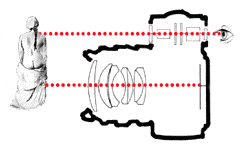
In a point and shoot, what you see in the viewfinder isn’t exactly what will be captured.
Back in the film days, these were known as rangefinders. In a point and shoot, when you look through the view finder (or lcd screen) you’re not seeing exactly what’s going to be shot through the lens. You are instead looking through something like the peep hole in hotel doors. Therefore you’re seeing something in close range to what will be shoot. Rangefinder, got it? This not seeing exactly what you’re shooting is called Parallax Error (a piece of information suitable for trivial pursuit…ahem). What you really need to know is that the closer you are to your subject, the worse that error will be. You might cut off the tops of heads or other such detail. You need to be aware of this Parallax Error if you’re shooting with a point and shoot and learn to compensate when needed.
Pros of a Point and Shoot
- Inexpensive- or a price range for everyone
- Lightweight
- Super Portable (fits in a pocket or purse)
- May be embedded in your cell phone 😉
- Usually has a visual dial/menu listing of different settings (a moon for night photography, a face for portraits, a mountain for landscapes)
- Typically has a pop-up flash (and this can be a con if you use it too close or have your subject too close to a wall…)
Cons of a Point and Shoot
- Parallax Error (explained above)
- Slow response time. When you press the shutter release button and there’s a delay of around 1-5 seconds before the image is taken. This is frustrating when capturing children or sports.
- Usually can’t change lenses
- Zoom feature is often digital which means images can get pixel-y/grainy.
- Most don’t allow for full manual control.
Single Lens Reflex (SLR)
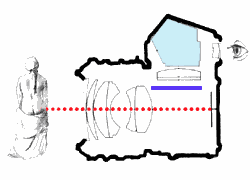
SLR cameras allow you to see the exact image that will be taken through the use of a mirror.
The Single Lens Reflex (SLR) is the type of camera you envision your professional photographer using. It’s got the fancy detachable lenses, lots of crazy settings, and it makes that satisfying click when you press the shutter release button. The click is a mirror snapping up and out of the way of the recording medium (film or your digital sensor). In the image above the mirror is the dark blue thing. The light blue area is a prism that turns the image back right side up so we’re not all confused in the optical viewfinder. In an SLR the photographer sees exactly the shot they are about to take.
Pros of the Single Lens Reflex
- Price ranges from fairly inexpensive ($200+ for used or older varieties) to extremely expensive (over $3000) depending on features and sensor size.
- With the mirror, you’re seeing exactly the spot you’re photographing
- You can manually adjust all of your settings even on the most inexpensive variety. This means you have full creative control!
- Hardly any lag time between pressing the shutter release button and the taking of the image. You don’t have to anticipate what your crazy kiddos are about to do before taking the shot; you’ll capture the moment you see or a mere 100th of a second afterward.
- Interchangeable lenses.
- Zoom is mechanical in the lenses rather than digital meaning the image quality is not reduced when zooming in.
Cons
- Heavy
- Isn’t as portable as a Point and Shoot. Likely won’t fit in your purse or back pocket. :-p
- May not come with a built in flash (again… not necessarily a bad thing)
- Good lenses can be pricey; sometimes even more expensive than your camera body itself.
- Takes a while to learn to use well. It isn’t as fool proof as a point and shoot.
- Optical viewfinder may be a bit dark.
Mirrorless Cameras or Single Lens Translucent
Mirrorless Cameras (or SLTs as Sony calls them) are the newest technology out there. You’re still looking through the lens like in an SLR except there’s no mirror. You’re literally gazing at what the sensor sees. This isn’t possible in film cameras. This also means that your viewfinder isn’t optical (a piece of glass); it’s typically tiny LCD screen. Mirrorless Camera’s can look very much like a point and shoot or just like an SLR (just without the mirror click!). Even the ones that look like a point and shoot typically have interchangeable lenses, just like an SLR.
Pros of Mirrorless Cameras
- No lag time at all between pressing the shutter and taking an image. Most of them even allow for continuous shooting (taking up to 10 images in rapid succession)
- Electronic viewfinder shows the scene exactly as the camera sees it. This is a lot different than the optical/LCD viewfinder of Point and Shoot or SLR cameras. You’re not seeing the scene as the naked eye sees it; instead, you’re seeing the exact thing that will be recorded. (Some people find this electronic viewfinder a con.)
- You can manually adjust all settings even on the varieties that look like point and shoots.
- Interchangeable lenses
- Zoom is mechanical in the lenses rather than digital meaning the image quality is not reduced when zooming in.
- Some are as portable as the Point and Shoots and have interchangeable lenses too!
Cons of Mirrorless Cameras
- Expensive! New technology comes with a price. Even the cheapest one is going to run you about $500.
- The electronic viewfinder actually draws some light away from the sensor. This mostly isn’t noticeable unless you’re shooting in darker conditions.
- Some are heavy.
- The more traditional SLR body types are not so portable.
- May not come with a built in flash (again… not necessarily a bad thing)
- Good lenses can be pricey; sometimes even more expensive than your camera body itself.
- Takes a while to learn to use well. It isn’t as fool proof as a point and shoot.
Mini Homework
Figure out what camera type you’re using! It might take a little Google work, but it shouldn’t take long!
Just because I know someone is going to ask: I use a Digital SLR, a Sony a200. It’s an entry level camera from about four years ago. I have my eye set on upgrading to Sony’s a77 SLT, but my policy is no debt so it might take me over a year to save that much and by then the full frame a99 might have come down enough in price for me to snatch it up used. 🙂 In my spare time and when I have darkroom chemicals on hand, I shoot a Canon A-1 film SLR which I still love to bits 🙂
Did you learn anything about camera types in this post? Have any ah-ha moments about why your camera does that thing that drives you nuts? Let me know in the comments!
Next week we’ll be ready to enjoy and critique your favorite images, so start sorting and editing (if applicable). I’ll be posting both my straight out of the camera shots (SOOC) and my final edits of some of my recent sessions for you to see and critique as well as hosting a link up. I can’t wait to see what you love!
16
2013There’s a group of kids, none over 15 tender years, standing on the stage. They’re singing this favorite from Rich Mullins at an ordination service for two men in our church.
The same song that Amy Smallwood sang quietly while walking through miles of wilderness, when she didn’t think we could hear her. 70+ miles with 60+ pounds on my back in the North/South Carolina early fall humid heat. How do you keep walking when you think you can’t make it up the next rise? When you have to ask for help from the boys just to get your pack on your shoulders again for over a week before you can manage to lift it on your own?
But I heard her. And those words resonated.
Sometimes the climb can be so steep, I may falter in my steps but never beyond Your reach… and step by step You’ll lead me, and I will follow You all of my days.
There’s so many hard days as a mom where I just drop everything. Faltering hardly begins to describe the mess I can make. I yell, rage, hurt feelings, let them cry too long, act unwisely, and just can be so selfish. It’s not pretty. Oh, but the grace there to start again is precious. The grace that I don’t have to have it together because He did perfect for me.
I think the biggest thing for me right now to keep in focus is those little faces.
That Aeralind Grace with her crazy tired chatter.
That Bronwyn Hope who just climbs right up into your space uninvited.
That Sedryn Justice with his mischievous smirk.
This is my biggest God-sized Dream (more of what God wants for me in my life). My biggest area of calling. Those little eager faces waiting for me to speak grace.
That said, there’s this part of me called to photograph the beautiful-mess of others. This unexpected calling blossoming right in the middle of the chaos of early childhood. A timing so unexpected for me that my breath is still taken away. And the following of both of those callings, mothering and photographing, is just Step by Step. Moment by moment. Never beyond His reach.
Holley asked us God-sized dreamers to write just a bit about one step we’ve taken for our dreams since this started. All of mine are small. Some took more time than others. I’ve written 6+ Beginner Photography Class posts when what I really want to do is teach hands on with a small group. It’s a start. I’ve photographed a few sessions for free and a paid one or two. I’ve volunteered to photograph 3 single moms a year, because really the beautiful strength in their day to day mess just takes my breath away.
But none of the steps I take are more important than guarding my calling of motherhood to those three precious faces. So I’m putting this out here in the world for you to see and hold me accountable.
As I pursue this dream, I will strive by God’s grace
- Not to edit a session while my children are awake
- Not to take on more than 3 sessions per month
- to continue to capture my beautiful-messy life both with the lens and the pen (or keyboard).
I just wanted you to know that I don’t think there’s a more important step for me to take right now than these.
Hop on over to Holley’s and see what steps others are taking.

15
2013Why do I Need to Know How Cameras Work?
I can already see you scowling at the screen. “Seriously? I was hoping you were going to show me how to make beautiful pictures! I don’t care how cameras work !” Don’t click away yet!
Knowing how cameras work will help you understand how to make better images. When you understand what your gear is doing, you know how to use it to create the image you want.
Don’t worry, I’m not going to bore you with unnecessary details about megapixels or 35mm film or image resolution (these are things I still barely understand!). So lets dive in together, shall we?
What is THAT?!

This is a pinhole camera. If you distill a camera down to it’s simplest form, you’ll get what you see above. You can make a camera out of a box, or a can, or an oatmeal container. It just needs to be light-tight except for that tiny pinhole and have some light sensitive material to record the image.
How Cameras Work
We’re going to grossly oversimplify this so I don’t lose you. Below is a diagram of a camera and a quick bullet list defining all the parts.
- Light: I know, technically not part of the camera; however, it’s essential to the process so humor me! When you make an image, you are recording the reflection of light. Colors reflect light differently. Black gobbles up light completely, white reflects it all back, and the rest of the colors do something in between. Your camera’s job is to capture reflected light.
- Enclosure: Your camera’s body. The cardboard box in the pinhole camera above. Your camera enclosure is probably a nice little plastic or metal thingy with a variety of buttons, screens, and a viewfinder. The main purpose of the enclosure, outside of giving you something to hold, is to keep all light out! Any light leaking through the enclosure will make capturing an accurate image nearly impossible.
- Lens: The thing that focuses the light on your recording medium. Our pinhole camera doesn’t technically have a lens. But your camera probably does. Whether it’s detachable or not depends on the type of camera.
Lens come in a variety of focal lengths; they can be wide (so you can see the whole mountain range) or telephoto (so you can stand on the sidelines and capture the game). They can be fixed/prime (only do one thing: wide, or telephoto) or zoom (switch between the two). Camera users can switch lenses or use different focal lengths for different effects. - Aperture: The hole that lets in the light. The pinhole camera’s pin hole (literally… pin sized) lets in very little light but creates an image where everything is equally in focus across fore, mid, and back grounds. Our cameras have much larger aperture holes and therefore do not focus equally in all parts of the image. This is going to be a key concept later! Aperture is generally in a part of your lens referred to as the aperture ring.
- Shutter: The Shutter is the screen covering your recording medium until you are ready to take your image. See that piece of square tape in the middle of the pinhole camera, that’s the shutter. Your camera shutter is internal. That button you press is called the Shutter Release and it causes the shutter to move out of the way. Camera users can change how quickly the shutter.
- Recording Medium: This is what records your image so you can view it later. With the pinhole camera, it’s most likely a piece of film. With digital cameras, it’s a light sensitive sensor. The size of your recording medium (both film and sensors) directly effects the detail quality of your image. The larger your recording medium, the more detail you’ll see in your final print.
Additionally, recording mediums are like skin: some sunburn in 30 minutes and others take 5 hours to even tan up a bit. You don’t want to use a recording medium that sunburns easily on a bright day nor do you want to use one that takes hours to tan up when you’re working with less light. This speed of recording light is called ISO.
Why all This Matters?
There’s two things you can’t change when you press your shutter release button: the enclosure of your camera and the light reflected from your scene (although you can modify/control the light with flash or location change). But there are 4 things that you can change, usually with a click of a few dials or a quick lens change.
When you know how cameras work, you can begin to understand how and why to change lens, aperture, shutter speed, and recording medium (ISO) to get the results you want.
Mini Homework
This is probably the simplest and most annoying homework you’re going to get. You’re really going to hate me for this and I’m likely going to repeat this mini homework a few times.
READ YOUR CAMERA’S MANUAL! Maybe not the whole thing… because that’s probably more than you want to bite off at one time. We’ll be doing a lot of camera manual browsing throughout this course and each time it will be more in-depth and specific.
This time through your manual, I want to you find sections that tell you how to zoom or change your lens (if applicable), change your aperture, change your shutter speed, and change your ISO. But don’t just read. Depending on your learning style you might want to highlight these sections with different colored markers. You might want to YouTube your camera model and see if you can watch someone else change these things up. You might want to pull out your camera and practice toggling those buttons. You might want to dive in and just play with those settings and see what happens. Do whatever it takes for you to get a feel for the vocabulary introduced above.
If you have any questions please, jot them down in the comment section below. No question is stupid. We’re all here to learn. I’ll do my best to answer each of them. However, this week might have a lot of “We’ll get to that in a different lesson.” type replies. When I post on that topic, I’ll try to come back and link you to that post.
12
2013My covers are beckoning me to dive into them for rest. But, I pause here for five minutes with words.
I read something today that made me reflect on patterns from my past repeating themselves in my treatment of my precious girls. I’m not even sure how to express this sin of mine in words. Oh, but it’s selfishness at the root.
As an introvert, it’s so much easier to disengage. To beg for a break. To bury myself under the covers. These children, the demand so much. So quickly. So in my lap, in my ear, so all over me all day.
I’ve been sick this week, more tired than usual. They’ve been sick this week. More whiny than usual. Little feeling have been hurt. Big fits have been thrown. Sin. So much sin that we have been walking through.
So grateful just for the pool of grace to dive into and come up refreshed. Renewed. Repentant. Forgiven.
Good night.
